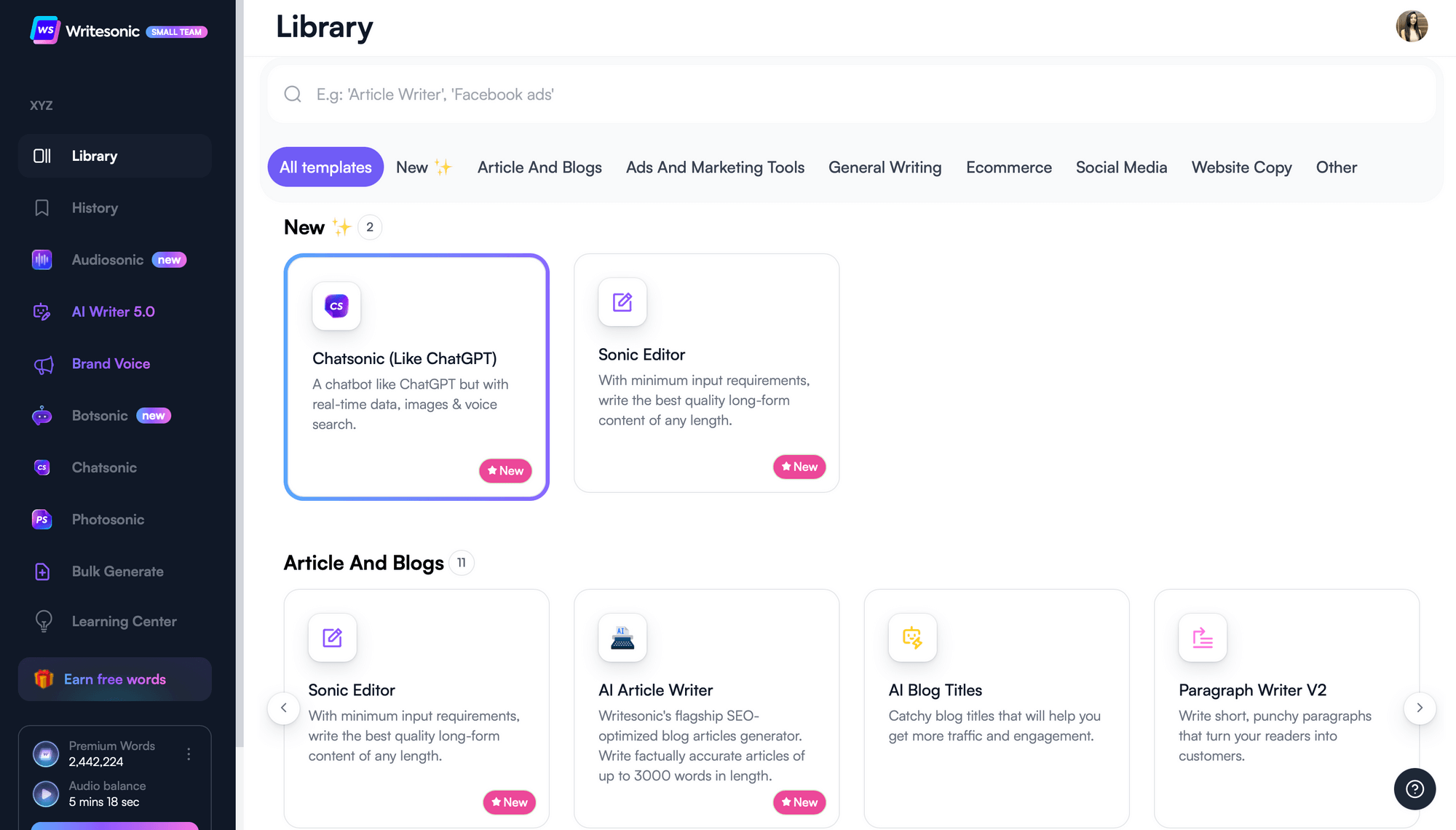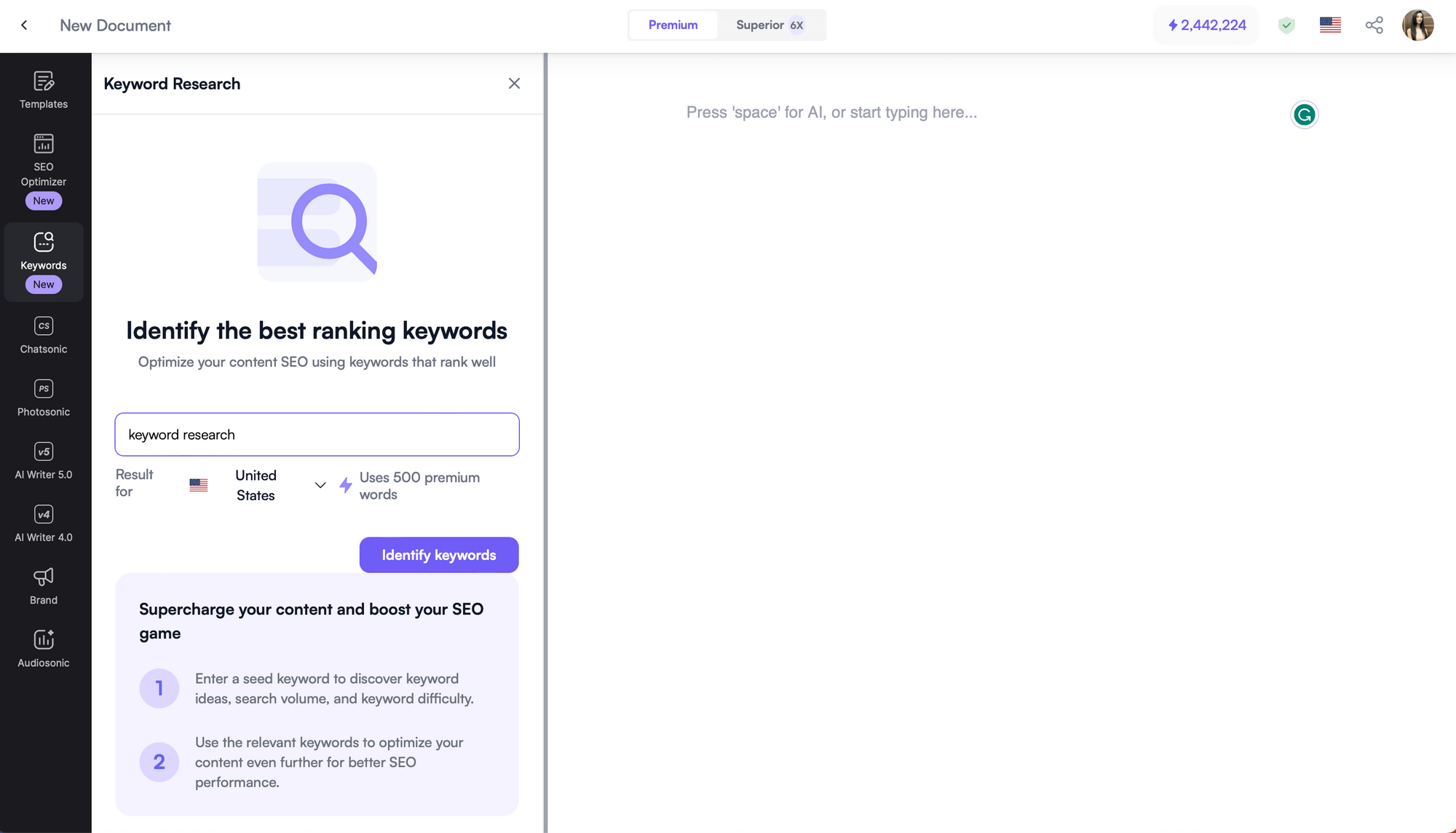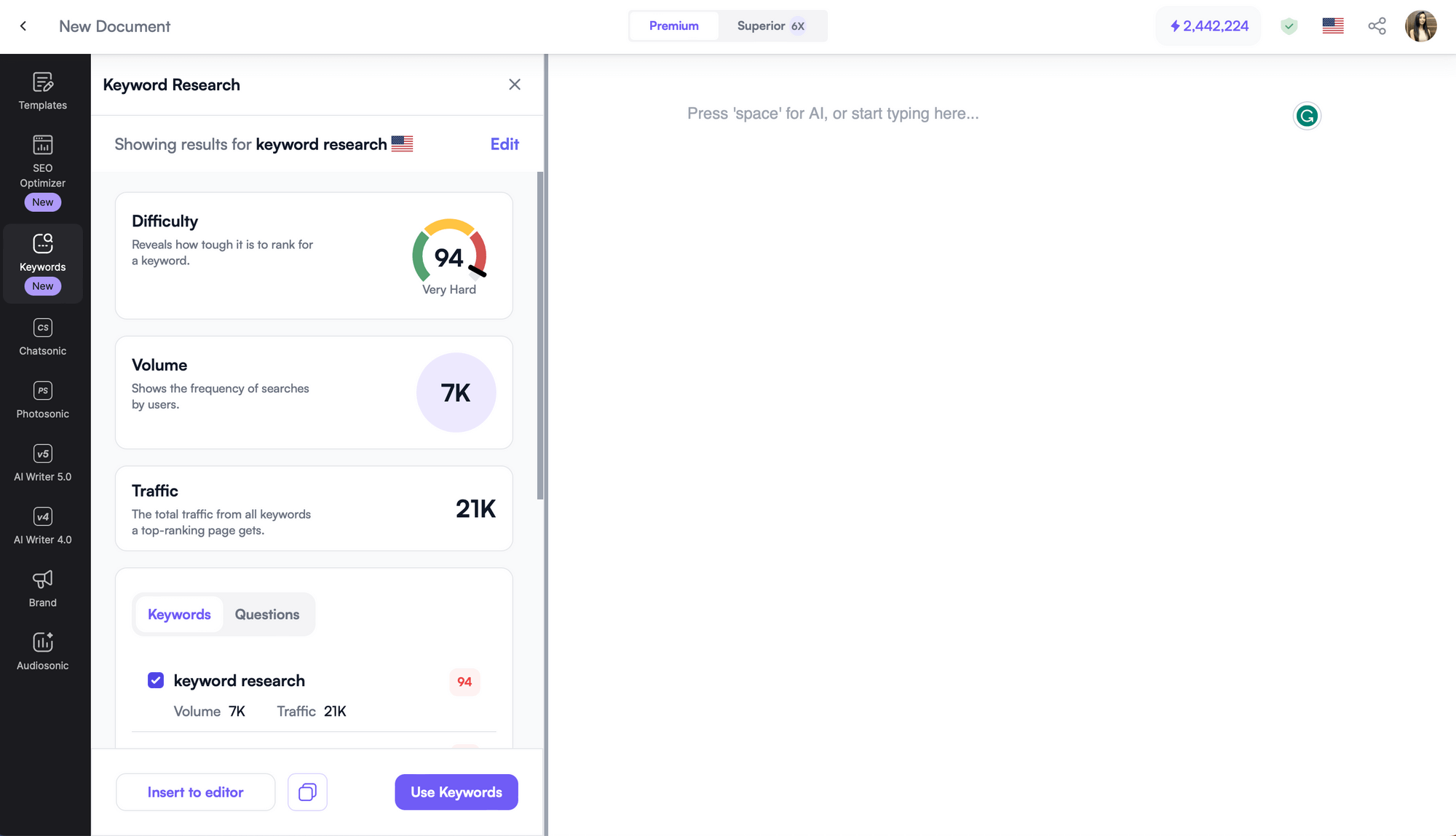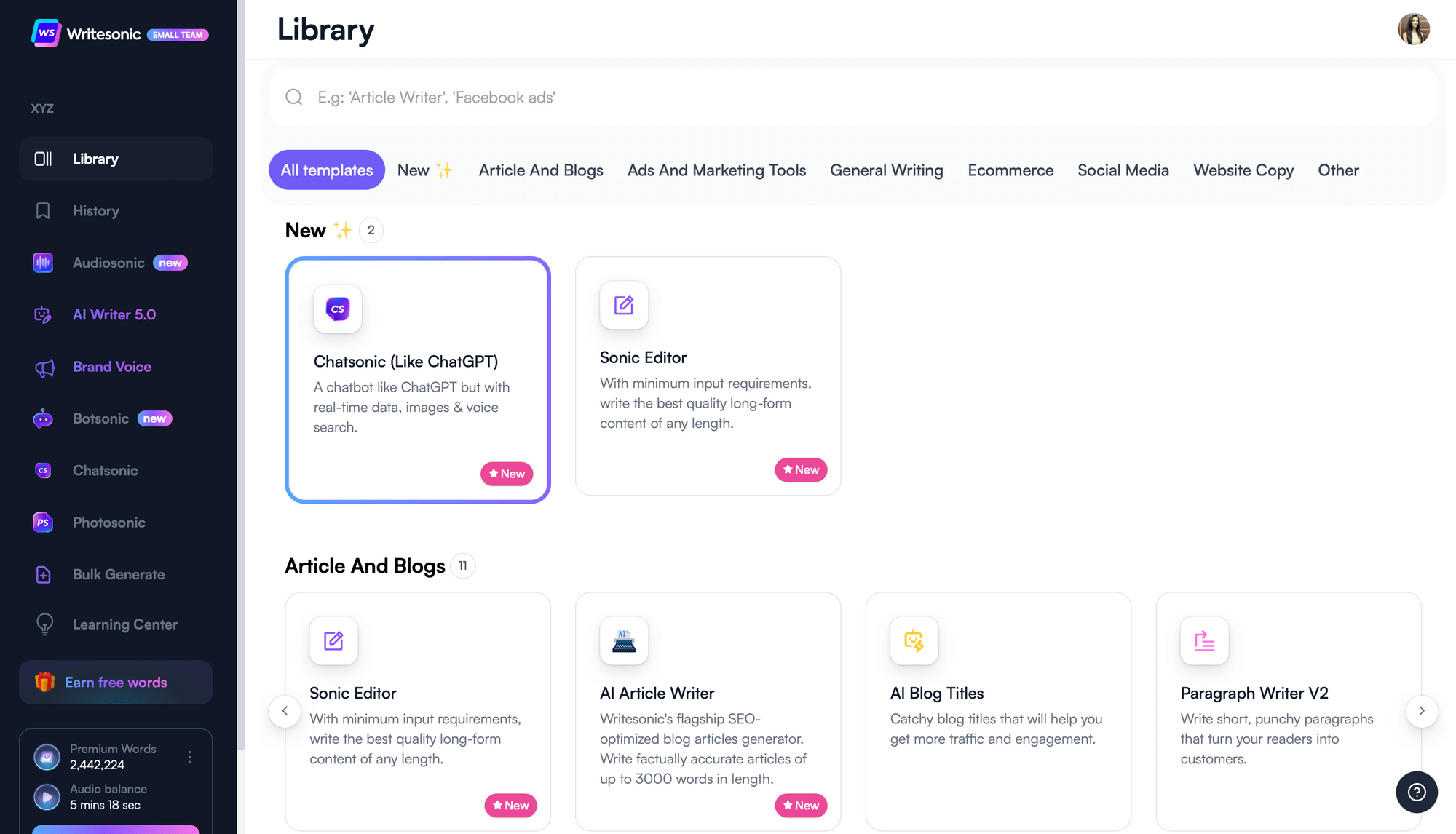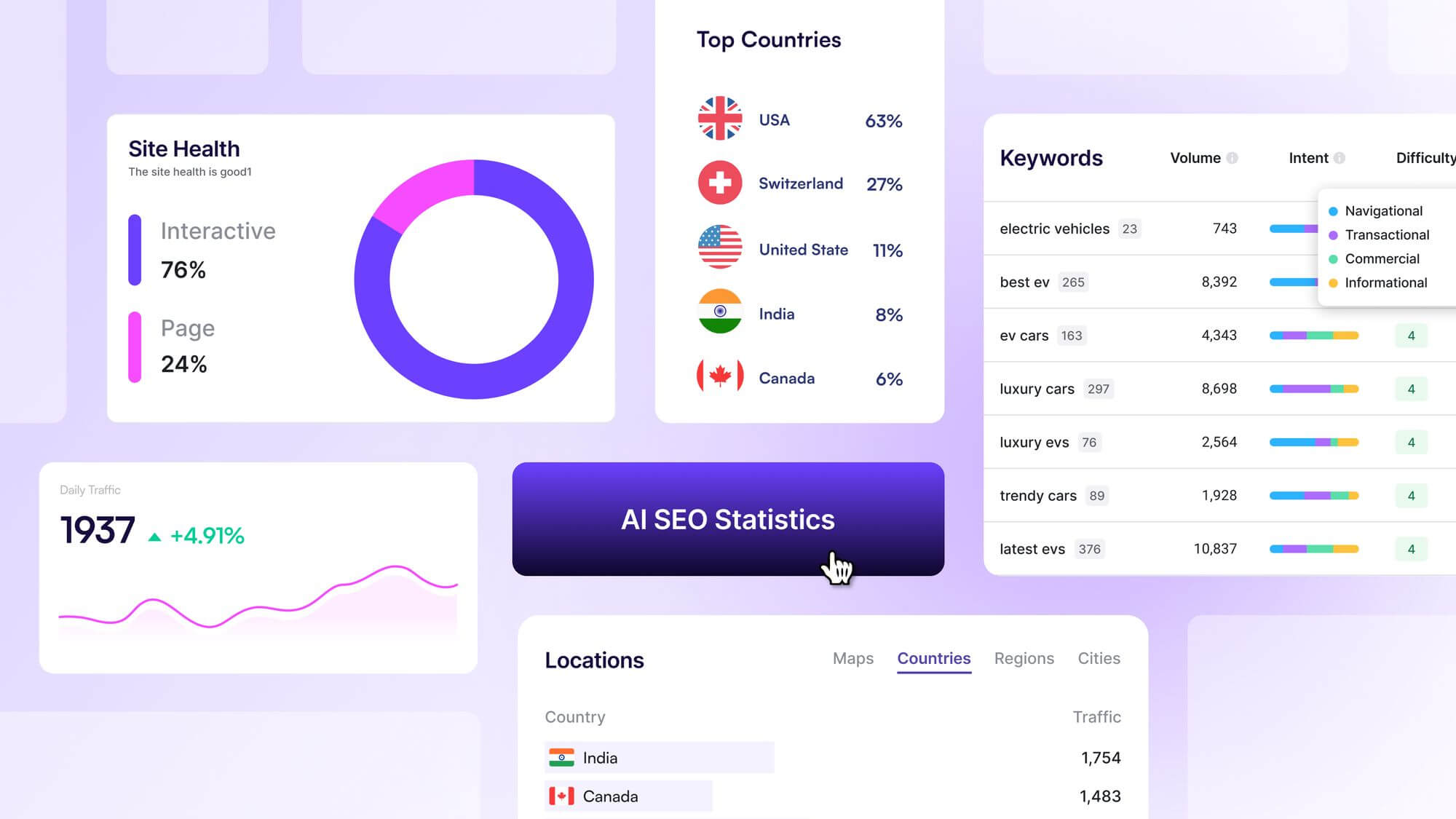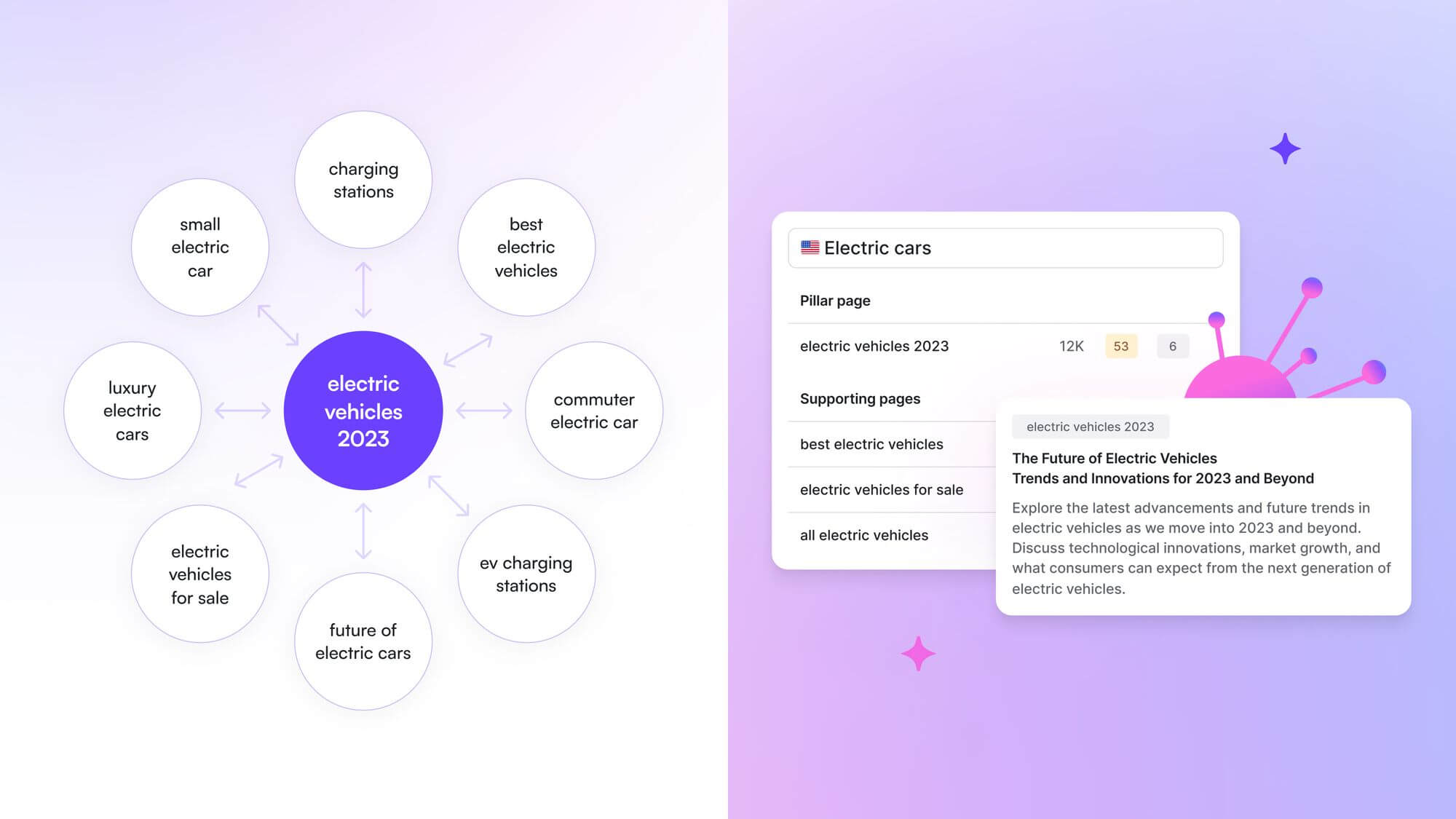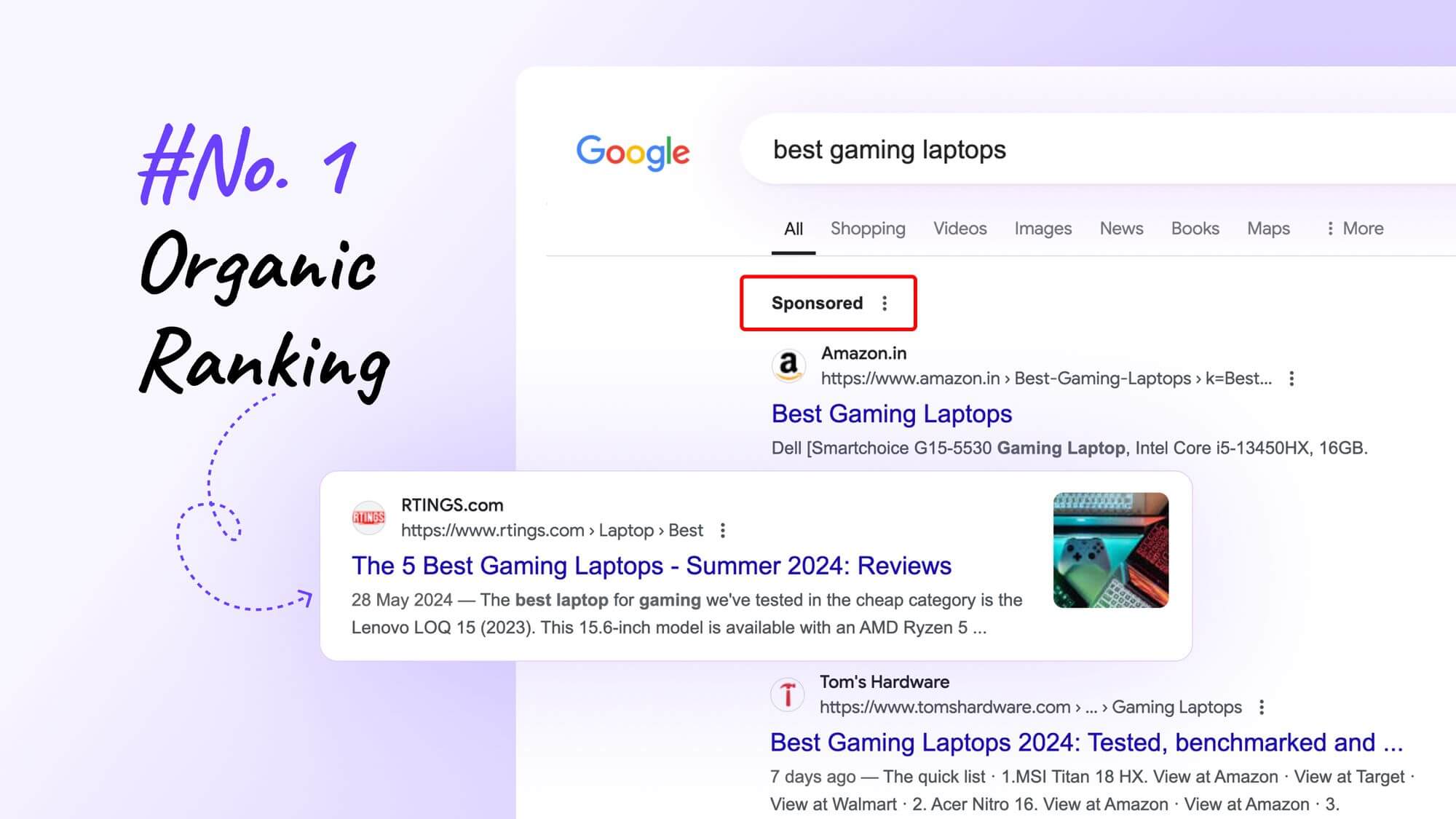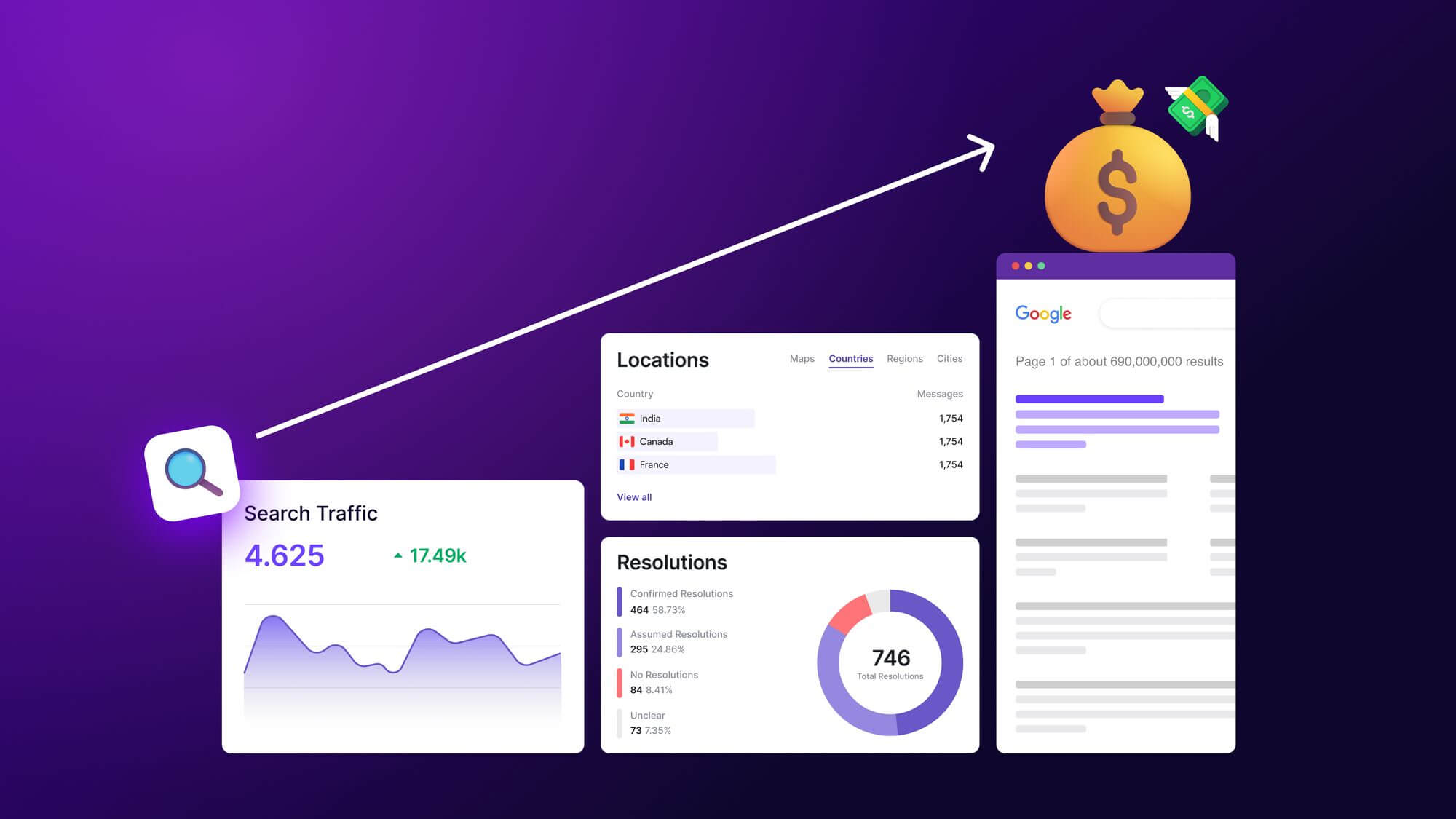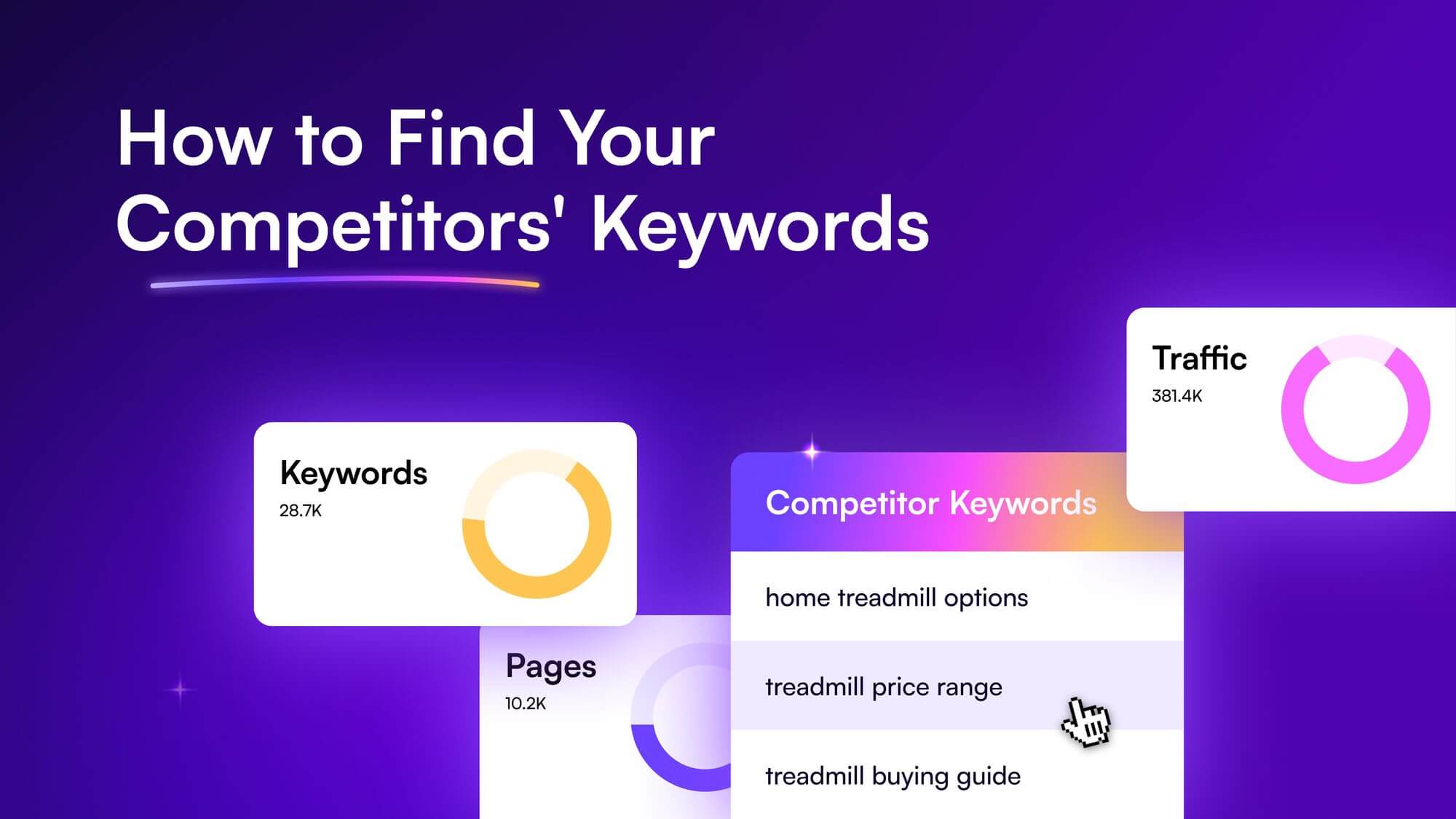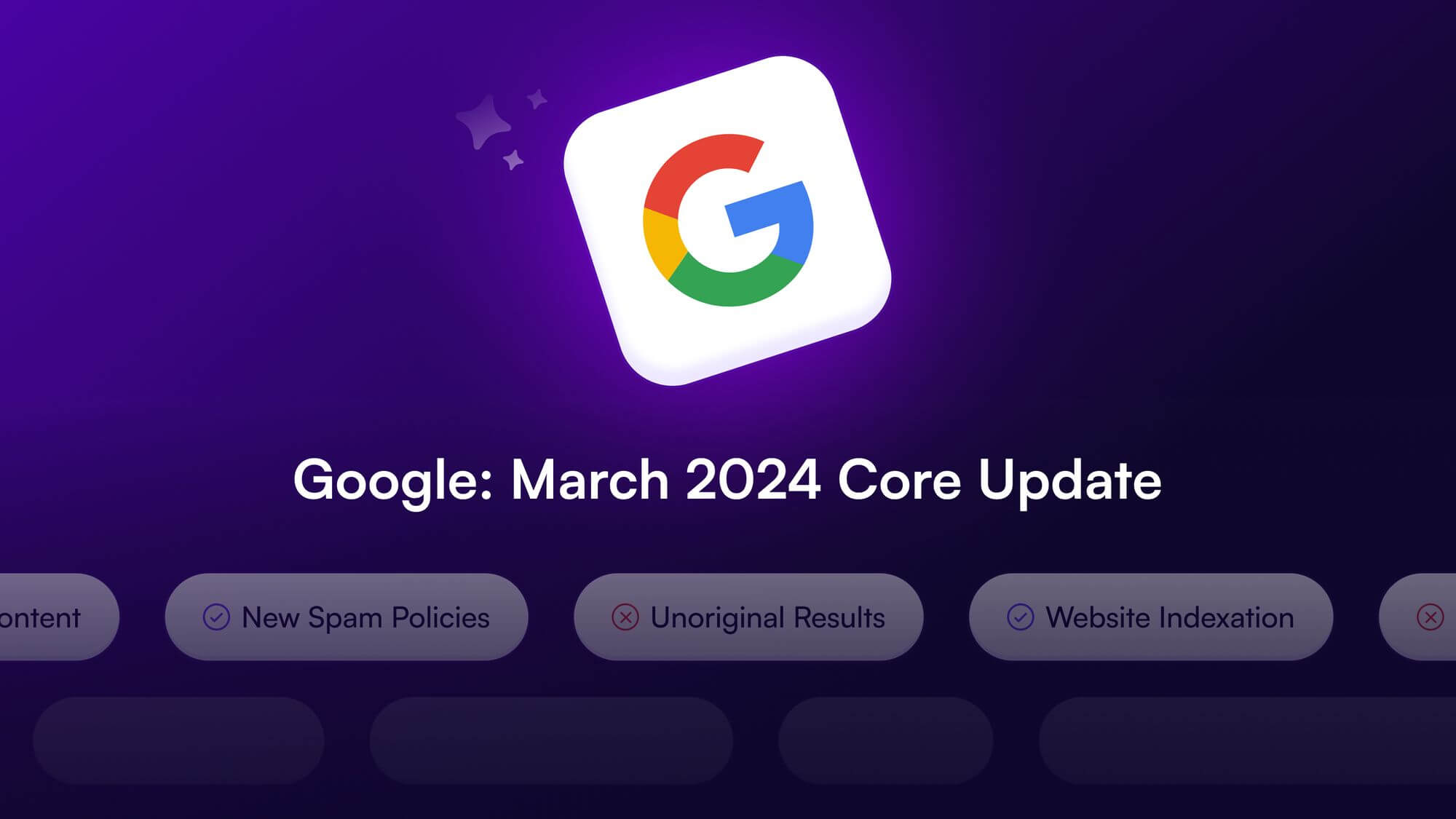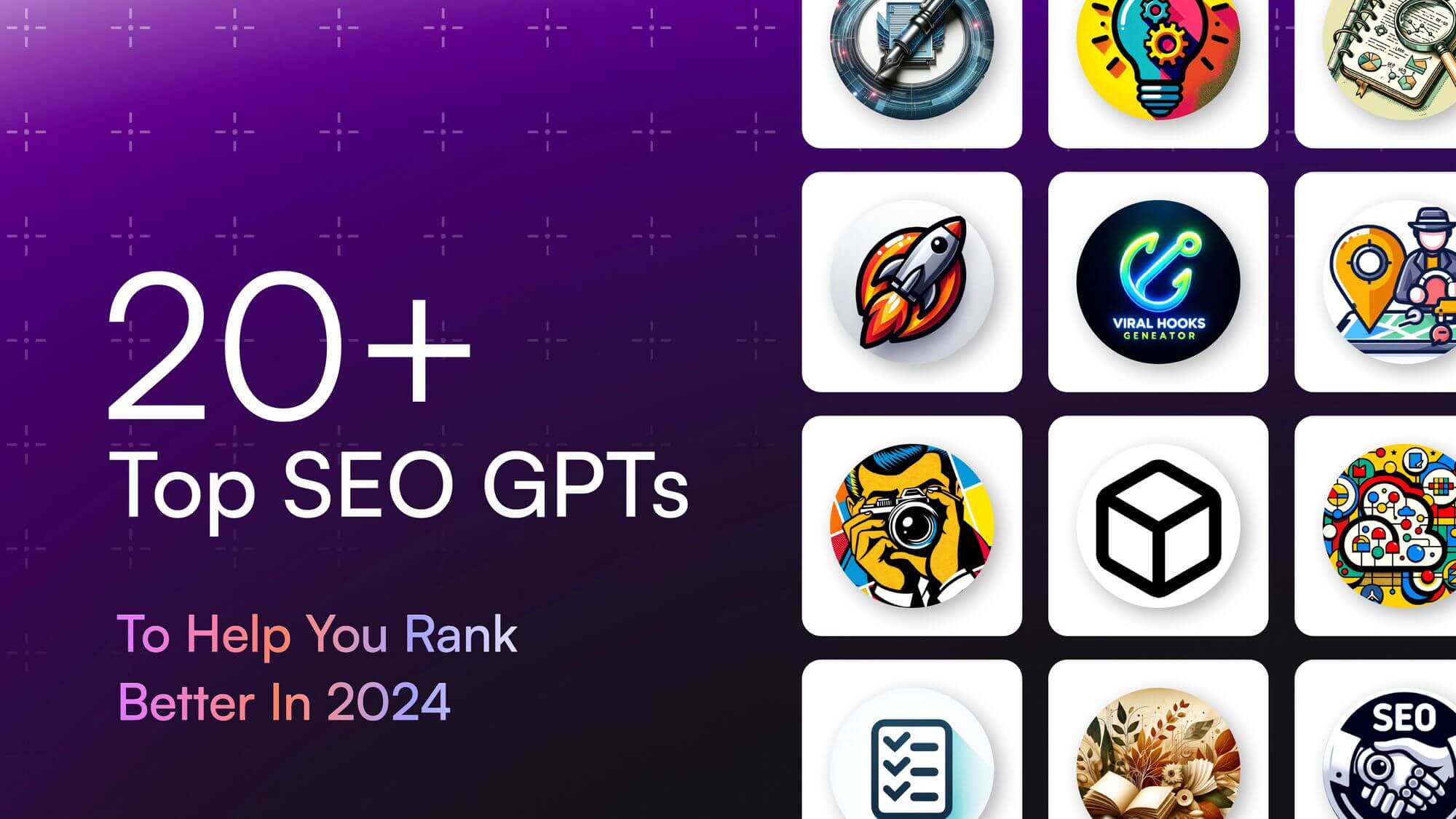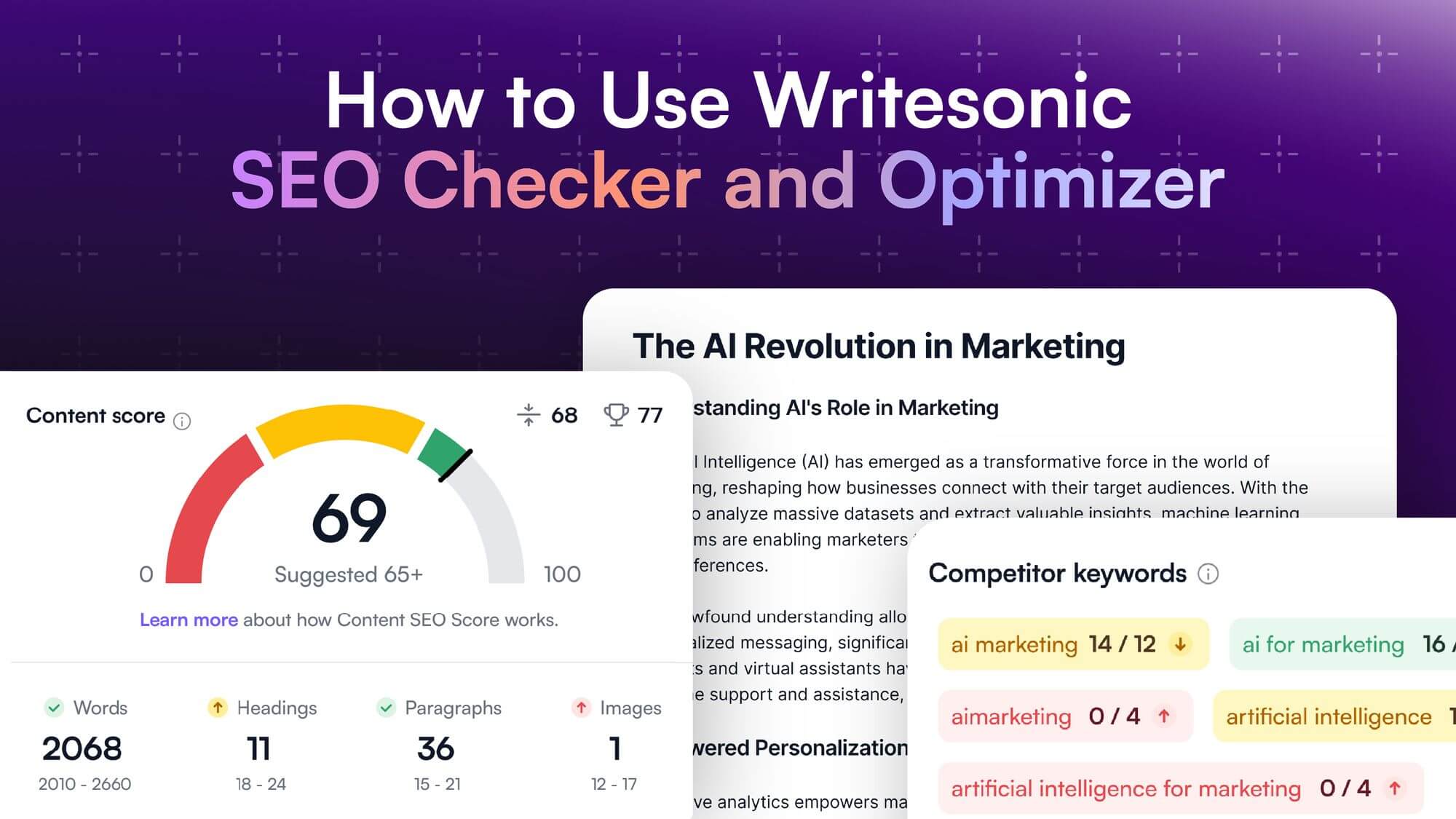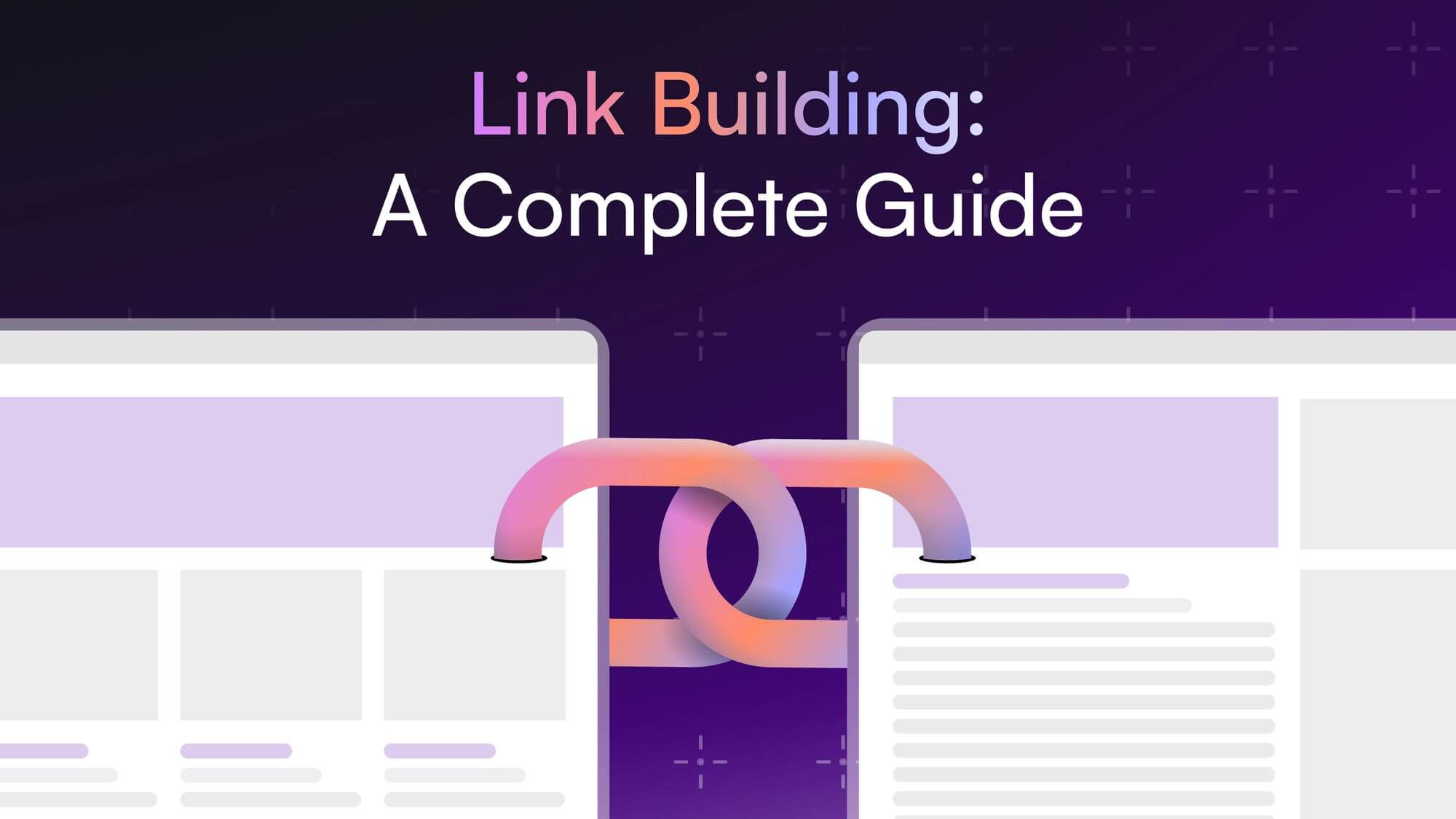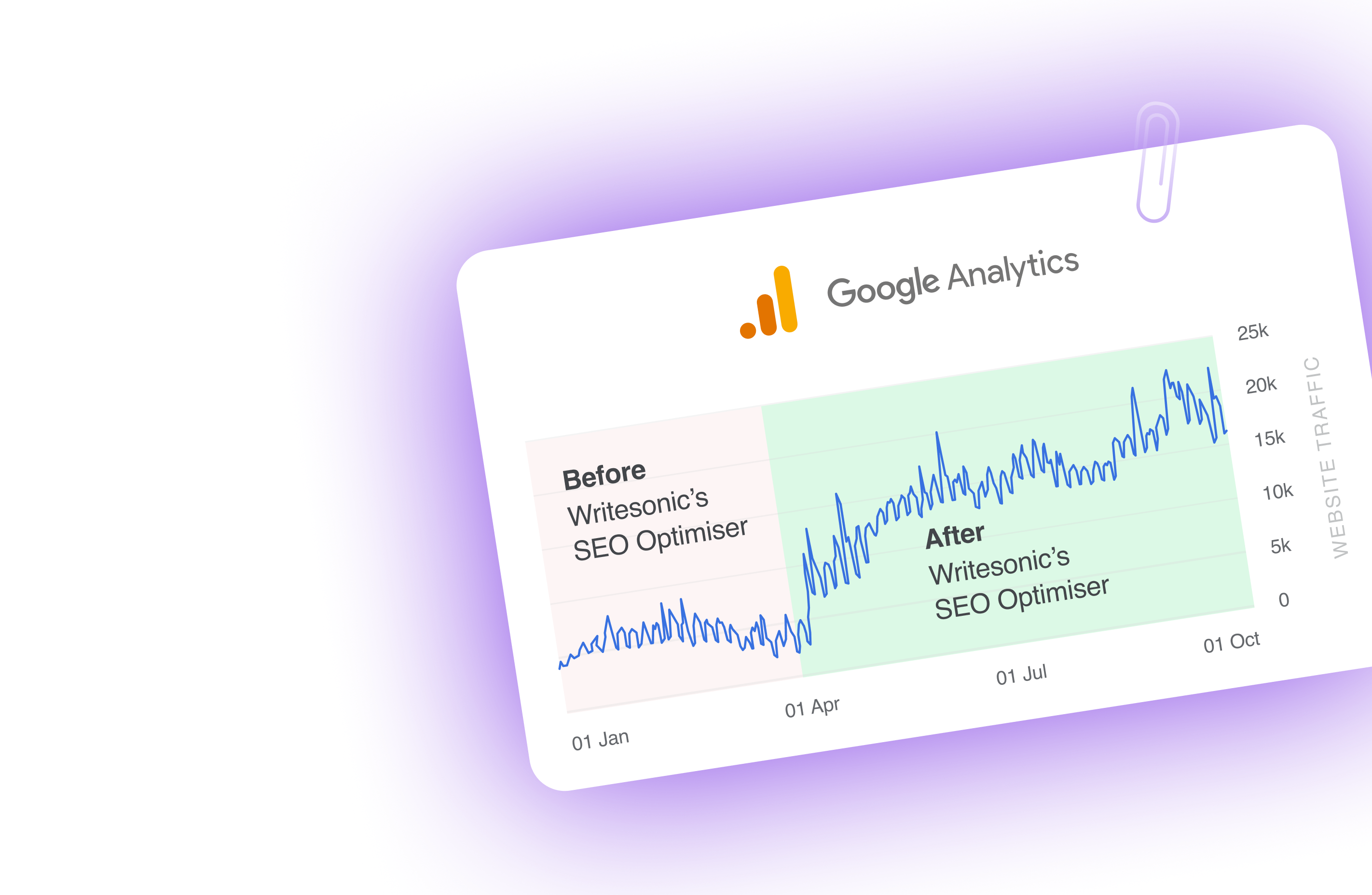Ever wondered what’s the secret to crafting content that ranks, resonates, and drives results?
The answer is simple: Keyword Research. ✨
Keyword research is the secret sauce to boost your website’s visibility, the catalyst to your brand’s online growth, and the power player of your SEO strategies.
But let’s admit it: the whole process can seem a little daunting, right?
In fact, you might wonder, “Isn’t keyword research too technical?” or “Isn’t SEO a grayscale area best left to the experts?” To be frank, yes.
But don’t worry! Here’s a comprehensive guide to keyword research: no fluff, no jargon, just crystal clear explanations that can help you master the art of the keyword researching process.
Ready to arm yourself with knowledge, strengthen your SEO strategy, and take your brand to unimaginable heights in the digital world?
Writsonic’s Wonderful Tool-“SEO Checker and SEO Optimiser”
Here’s a glimpse of what this ultimate guide to keyword research covers:
- Keyword research basics
- Finding the right keywords
- Analyzing the keywords
- Targeting keywords
- Prioritizing keywords
- Best keyword research tools
Ready? Let’s get started! 🚀
What is keyword research?
Have you ever wondered how Google seems to read your mind, suggesting precisely what you’re searching for before you even finish typing?
That’s the magic of keywords at work! ✨
Keyword research is a fundamental part of SEO strategy that involves identifying and analyzing the popular words and phrases that people enter into search engines like Google, Bing, and more to look for products, services, or information.
It’s all about understanding your potential customers’ language when researching a product, service, or content related to what you can offer. 🧠
Let’s take an example.
You have an incredible product or service you want people to know about. But how will they find you? They won’t know to look for your brand name. Instead, they’ll search for a general need or interest they have. Right?
For instance, if you sell vegan skincare products, your audience might search for “best vegan skincare brands” rather than your specific brand name. And this is where keyword research comes in.
It helps you to find precisely the words and phrases your target audience uses in searches and also gives you insights into the popularity of these keywords, their ranking difficulty, and how often they are used. By understanding these search queries (or keywords), you can optimize your content. 🎯
Why is keyword research important?
As per a study, 90.63% of content gets no traffic on Google. So, your goal needs to be in the other 9.37%, and this is why you need keyword research.
Still wondering? Here’s the answer to your question, “Why should you care about keyword research?” 🤷♂️
- Driving the right traffic: It’s not just about driving huge traffic, but the right traffic to your website. By finding the right keywords and adding them to your content piece, you can increase the chances of bringing quality and targeted traffic to your website.
- Gaining a competitive edge: Chances are, your competitors are already dabbling in keyword research. And spotting the competition’s keyword game allows you to find valuable gaps – which can give you a huge advantage. Filling these gaps can help you outsmart your competitors.
- Cost-effective ad launchpad: Looking to optimize your pay-per-click (PPC) advertising campaigns? Keyword research is the key! Identifying high-performing yet less competitive keywords allows for strategic bidding, minimizing your advertising costs and maximizing conversions while boosting return on ad spend (ROAS).
- Understanding user intent: Keyword research can help you get clarity regarding user intent. By finding the right keywords that people use, you can get insights into their wants, desires, and needs, helping you fine-tune your strategies to address them effectively.
The worth of keyword research extends beyond SEO. It’s an insightful guide for driving targeted traffic, empowering content creation, steering competitive advantage, optimizing ad expenditure, and providing a view into your user’s motivations.
Ready to explore more? Have a look at the main elements of keyword research.
Elements of Keyword Research
Are you excited to embrace the art of keyword research but unsure of its elements? No worries! Let’s break down keyword research into its fundamental elements.
1. Keyword relevance
Any keyword you target should be relevant to your content and your services or products.
For instance, if you run a vegan recipe blog, your keywords should be along the lines of “easy vegan recipes,” “quick vegan meals,” or “best vegan substitutes.”
Remember, relevance is a crucial checkpoint for keywords to bridge your content and the potential audience’s search queries effectively.
👉
Pro tip: Review the search result page of the query to get a better idea regarding the user intent. Include this in your research process and then finalize a keyword.
2. Search volume
Search volume is the heartbeat of effective keyword research. It represents the number of times a keyword is searched within a given timeframe.
For instance, if you’re in the travel industry, “best time to visit Bali” would likely have a higher search volume than “Bali in monsoon.” It’s about striking the balance between high volume and feasible competition.
But remember, high search volume does not indicate that the keyword is right for you.
👉
Pro tip: High-volume keywords are mostly for ‘awareness’ and not ‘conversion.’ The trick is to balance between trending keywords with significant search volume and those niche keywords that are less burdened by high competition.
3. Keyword difficulty
KD indicates the competitiveness of a keyword, i.e., how tough it would be to rank for a specific keyword against competing websites.
For instance, ranking for a competitive keyword like “weight loss tips” would be tougher (high KD score) than for a longer, niche keyword like “weight loss tips for working moms.”
A combination of high, medium, and low-difficulty keywords often leads to a balanced strategy.
👉
Pro tip: Keywords with a high difficulty score may require more effort in the form of backlinks and high-quality content to rank successfully. Focus on that to gain a competitive edge.
4. User intent
Different users have different intents behind their searches, and understanding this can help tailor your content.
Intent falls broadly into four categories: informative, navigational, commercial, or transactional.
If someone is searching for “iPhone 12 vs. iPhone 13,” their intent is likely informational – they’re looking for information to help make a decision. On the other hand, a query for “buy iPhone 13 online” signals transactional intent – the user is ready to make a purchase.
Aligning your content with the user’s intent can drastically improve your conversion rates.
👉
Pro tip: To identify user intent efficiently, consider the language used in the search query. Words like “how,” “why,” and “what” often indicate informational intent. Queries with brand names or specific websites point to navigational intent. Meanwhile, searches including “buy,” “order,” and “price” usually reveal a transactional intent. Use these cues to align your content with user searches effectively!
Understanding these elements gives you a clear view of the intricate landscape of keyword research. It equips you with the tools for effectively planning and implementing SEO strategies that connect, engage, and convert.
Next, let’s learn the different types of search queries.
Types of search queries
To master the art of keyword research, it’s crucial to understand the types of search queries users make. Different internet users type into the search bar with different motivations, and knowing these can help you tailor your content more effectively. Let’s look at the 4 key types of search queries.
Search intent generally falls into one of four categories:
1. Informational Intent
Here, the user is in discovery mode. They’re looking for answers or more information about a particular topic. Queries might include “How to optimize a blog post,” “How to use AI to write a blog post,” or more.
When targeting informational queries, provide useful, in-depth content to satisfy the searcher’s curiosity. Focus on creating ToFu (Top of the funnel) content for this.
2. Navigational Intent
The users here are trying to reach a specific website or page. Examples of these are “YouTube login” or “Writesonic blog.”
To capture this audience, ensure your site navigation is clear, and your website and page names accurately reflect your content. Navigational intent mostly consists of brand-related searches.
3. Commercial Investigative Intent
This intent represents users who intend to make a purchase soon and are conducting comparative research. Searches might include “Best AI detectors” or “Writesonic vs. Jasper.”
Detailed product reviews, comparison posts, and listicles can be a great way to engage these users. It is better to create BoFu (Bottom of the funnel) content for this.
4. Transactional Intent
The user is ready to make a purchase or sign up for a service. Examples include “buy iPhone 14” or “sign up for Writesonic.”
When aiming for transactional queries, ensure your product or service pages are optimized with relevant keywords, easy to navigate, and that the purchase or registration process is streamlined. It is better to create BoFu (Bottom of the funnel) content for this.
👉
Pro Tip: The choice of words in a search query can offer clues about search intent. For instance, “How to” and “Ways to” usually signal informational intent, while “Buy,” “Purchase,” or brand-specific queries indicate transactional intent.
How to find keyword ideas?
Have you ever wondered how to find those perfect keywords that resonate with your audience and catapult your content to the top of search rankings? Here are some actionable steps to discover winning keywords:
1. Start with a seed keyword
The keyword research process starts with identifying the ‘seed keyword.’
Seed keywords are standard terms that describe the main theme of your product, service, or content. They are usually broad and consist of only one or two words.
Think about what your business or content fundamentally stands for or offers and the key components encompassing your brand. These will form your seed keywords. For instance,
- If you’re in the fitness business, seed keywords might be ‘workout,’ ‘exercise,’ ‘diet,’ or ‘wellness.’
- If you have a tech blog, your seed keywords may include “tech review,” “gadgets,” “latest tech,” and so on.
- If you’re running a digital marketing agency, your seed keywords might be “SEO,” “content marketing,” “PPC,” “social media marketing,” and more.
Understanding these helps you kick off your deeper explorations into the realm of long-tail keywords, LSI keywords, and user intent.
2. Use keyword research tools
Having a few powerful keyword research tools in your toolkit is crucial. Here are a few keyword research tools that can elevate your SEO strategy:
1. Writesonic Keyword Research Tool
Writesonic is best known for AI content generation, and when you focus on generating top-notch content, you cannot miss out on keyword research.
And this is where you can use Writesonic’s Keyword Research Tool. It is one of the best free keyword research tools that can give you data regarding keyword difficulty, volume, and traffic.
Here’s how you can use it in 4 simple steps:
- Log into your Writesonic account. Go to Writesonic’s dashboard and select Sonic editor.
- On the left-hand side, you can find the ‘Keywords’ feature; select that.
- In the Keyword research tool, enter your seed keyword and hit ‘Identify keyword.’
- This will generate keyword suggestions, along with the difficulty, volume, and traffic.
Pretty simple, isn’t it? Why not give it a try and see the magic?
And, the best part? Writesonic isn’t just limited to Keyword research. It offers a full suite of content creation tools that can also help you generate high-quality content based on your keyword research.
👉
Pro Tip: Simply select ‘Use Keywords’ and choose the template you want to use, and ta-da there you go!
Want to give it a try and create amazing content?
2. Google Keyword Planner
Google’s own keyword tool, Google Keyword Planner, can help you find keyword ideas with a click.
The free and power-packed tool suggests keywords related to your seed ideas and gives you valuable data like keyword popularity, competitiveness, and seasonal trends.
What sets it apart is its ability to reveal the estimated cost-per-click for each keyword, which is vital for planning any AdWords campaign.
3. Semrush Keyword Magic Tool
SEMrush is a comprehensive SEO tool offering various features, from technical SEO audit capabilities to backlink tracking.
For keyword research, it has a Keyword Magic Tool that lets you dig into large keyword databases to extract gem-quality keywords.
It provides data points such as volume, keyword difficulty, cost-per-click, and competitive density and offers a filter to segregate terms based on broad, exact, or related matches.
4. Ahref’s Keyword Explorer
When talking about keyword research tools, you cannot miss out on Ahref. It is a powerhouse of a tool, which helps to find keywords not only from Google but also from other search engines like Bing, Amazon, YouTube, etc.
It gives an exhaustive set of data, including search volume, keyword difficulty, and an estimate of clicks.
Moreover, if you want to understand your competitor’s keyword strategy, throw light on their keyword distribution, or more, Ahref’s keyword explorer can prove to be the best one.
Ready to level up your keyword research game and take your content to new heights?
3. Check out your competitors
One of the most strategic moves in SEO strategy is understanding your competitors’ moves. Analyzing the competition can help you gain critical insights into successful keywords and niche opportunities they may have missed. Let’s go into the details.
- Identify your competitors: Start by finding who your competitors are. These might be companies you know, but you may also discover other competitors organically ranked for your primary keywords.
- Competitor keyword analysis: You can use tools like SEMrush or Ahrefs to peek into your competitors’ keyword universe. Simply enter your competitor’s website URL and analyze the keywords they’re ranking for. This also helps you identify gaps in your current keyword portfolio.
- Understand their content strategy: Find out what types of content your competitors are crafting around these keywords – are they blog posts, infographics, videos, or podcasts? Understanding their content strategy helps you strengthen your content mix.
- Analyze competitor backlinks: Backlinks are a major factor in how search engines rank content. Tools like Moz’s Link Explorer can help you identify who’s linking to your competitors, giving you a headstart for your own link-building strategy.
- Find low-competition keywords: With tools like Writesonic’s Keyword Research, you can discover less competitive keywords within the same niche, which your competitors may have overlooked, giving you a unique advantage.
Remember that while spying on the competition provides valuable insight, it’s crucial to maintain your brand’s unique voice and perspective.
4. Search related to keywords
Here’s another amazing trick to find reliable keywords – the ‘Searches Related To’ section at the bottom of the search engine results page. Simple, yet highly effective.
Let’s see how to use this super cool feature.
Let’s say you’re brainstorming keywords around a specific theme, say, “GPT-4.”
When you type this into Google and glide down to the bottom of the search results, you’ll find eight additional keywords in the ‘Searches Related To.’
And the best part about this feature is that these words are straight from Google – you don’t need to second guess their popularity or relevance. It’s Google’s way of saying: “People are typing these phrases in, take notice.”
To dive deep, click on the suggested keywords from the ‘Searches Related To’ section and scroll down to the bottom of the new results page. You can find another fresh batch of related keywords. Repeat this process, and you can get a reservoir of keyword opportunities. It’s like Google-assisted brainstorming! 🚀
5. Use Google Suggest Option
This is another super cool way to find relevant keywords. Simply go to the Google search bar, type the topic or seed keyword, and check out the terms that Google suggests to you.
These can prove to be some great keywords, as you know that these are some of the keywords that people are searching for on Google.
These are some of the ways you can find keywords that you can use to level up your content game. 🚀 Now, let’s quickly jump to how to analyze keywords.
How to analyze keywords?
Now that you’ve sorted out a list of keywords, it’s time to analyze them and see which ones hold the most potential.
The art of keyword analysis uncovers which keywords hold the most potential to enhance your website’s visibility and drive conversions.
Let’s dig into these critical steps to master keyword analysis.
1. Keyword relevance
The first and most important part is – Relevance!
It is the most important checkpoint that all the potential keywords must navigate. But how do you make sure the keyword is relevant?
Well, a high-performing keyword must be a match both to your content and to your audience’s interests. It’s a bond that links what you offer and what your audience seeks. The stronger this link, the greater the relevance.
Let’s take an example: you have a website that focuses on healthy eating habits. Here, relevant keywords might include “balanced diet tips,” “healthy recipes,” “nutrition facts,” and so on. However, a high-volume keyword like “fast food outlets near me” wouldn’t be relevant despite being related to the broader topic of food.
Remember, a keyword could have a high search volume and low competition, but if it lacks relevance to your content and audience, it won’t yield fruitful results.
2. Search volume
Search volume is the estimated number of searches that a specific keyword gets in a given timeframe. It’s a numerical indicator of a keyword’s potential reach.
Let’s say a keyword like “weight loss tips” might have a high monthly search volume, demonstrating that a large number of users are searching using that keyword.
Search volume is influenced by several factors, including seasonality (like “Christmas gift ideas” spiking in December), emerging trends (“new iPhone release”), or ongoing events (think: “Olympics schedule”).
A higher search volume signifies higher user interest – it’s a busier street in the digital marketplace. Ranking high for such keywords can drive significant traffic to your site. However, they’re often more competitive, requiring more SEO effort to rank well.
On the other hand, low-volume keywords may attract fewer users, but don’t be too quick to dismiss them. These are often long-tail, highly specific keywords. Their user intent is generally clearer, leading to higher chances of conversion.
For instance, “buy leather hiking boots” may have fewer searches than “buy shoes,” but users looking for “leather hiking boots” are likely closer to making a purchase and might have a stronger conversion potential.
👉
Pro Tip: Integrating a healthy mix of high, moderate, and low-volume keywords in your strategy allows you to aim for expansive outreach while banking on niche-specific, higher-converting keywords to reach the most engaged users.
3. Cost per click
Cost-per-click, or CPC, is the estimated cost you would pay for each click if you were to use a particular keyword in a Pay-Per-Click (PPC) ad campaign on platforms like Google Ads or Bing Ads. It’s just like the value a keyword holds and is a metric that matters more to the advertisers than an SEO person.
However, a high CPC does not always mean a high value for your specific context. Sometimes, a keyword might have a high CPC because it is more valuable to other businesses, even though it is less relevant or beneficial for yours. It comes down to understanding your business, your customers, and your industry.
In conclusion, while CPC is a valuable metric to guide your paid keyword strategy, it should be evaluated alongside other critical factors, such as search volume, keyword difficulty, relevance, and user intent, to yield a holistic and effective keyword strategy.
👉
Pro Tip: Even if you’re focusing primarily on organic SEO, CPC can still give you insights about a keyword’s potential to drive profitable traffic. Therefore, keeping an eye on CPC values during keyword analysis can offer added benefits for your overall SEO strategy.
4. Keyword difficulty
The keyword difficulty is a metric that estimates how challenging it will be to rank your website on the search engine results page (SERP) for a specific keyword.
KD is usually presented on a scale from 0 to 100. The higher the number, the more difficult it is to rank for that keyword against the competition. For instance, a KD of 80+ is usually considered highly competitive.
This metric is calculated based on several factors:
- Page Authority: The strength of the web pages that currently rank for the keyword. The higher their authority, the more difficult it will be to outrank them.
- Domain Authority: This refers to the overall strength of the entire website that ranks for the keyword.
- Content Relevance: How well the current ranking pages match the user intent for the keyword – the better they match, the harder it is to outrank them.
- Number of Referring Domains: The quantity and quality of links from other websites (backlinks) to the ranking pages also impact the KD.
A word of advice here – don’t be scared by high KD scores. Sure, they mean a little more effort, but they also often signal high-traffic, high-value keywords.
Conversely, low KD keywords can be hidden gems – easier to rank for but still relevant and valuable to your audience.
👉
Pro Tip: The trick is to balance out your strategy with a mix – short-tail keywords with high volume and high KD, long-tail keywords with lower volume and KD, and an array of keywords in between. 🚀
How to target keywords?
After you identify and analyze relevant keywords, the next step is building the strategy to target those keywords effectively. Let’s dive into the tactical ways to target your keywords for maximum visibility and impact.
1. Identify the primary keyword
Your primary keyword is the main focus of your content, and it’s the one you actually want to rank for. Having a solid grip on your primary keyword – whether it’s “AI writing tools” for your new blog post or “product description generator” for your product description tool landing page – is the first step in strategic keyword targeting.
👉
Pro-tip: Search for your primary keyword in Google and study the top-ranking pages. This will give you a sense of what Google considers relevant for that keyword and can guide you in content creation.
Establishing the primary keyword and strategically weaving it into strategic places – your headlines, meta tags, introduction, and throughout the content, can help you rank better.
Ready to find your primary keywords and take the next leap in your SEO journey?
2. Leverage long-tail keywords
Long-tail variants of your primary keyword make excellent supporting keywords. They’re typically less competitive, cater to more specific searches, and drive high-quality traffic. For example, a related long-tail keyword could be “best AI tools for content writing.” Find the best long-tail keywords that you can leverage using keyword research tools.
👉
Pro-tip: Integrate a mix of long-tail keywords into your content to answer multiple user queries relating to your topic.
3. Create better content
The combination of high-quality content and effective keyword targeting is where true SEO success lies.
Why so? Simply put, when you mix relevant keywords with engaging, informative, and valuable content, you satisfy both your human audience and search engine algorithms.
But when targeting keywords, it’s not just about how often they appear in your content; it’s about how naturally and effectively they’re incorporated. Simply adding a high-ranking keyword into a piece of fluff content won’t work. Instead, make sure your content is audience-centric, solution-oriented, and of high quality.
With Writesonic, you can create any form of content at lightning speed. From blog posts and product descriptions to landing pages and social media content, it has got you covered. Powered by GPT-4, Writesonic offers 100+ AI tools.
Looking to come up with high-quality content at a 10x speed?
👉
Pro Tip: Consistently valuable content can attract backlinks organically, improve your domain authority, and boost rankings.
4. Earn high-quality backlinks
Backlinks play a vital role in your keyword targeting strategy as they directly impact your domain’s authority and your website’s trustworthiness in the eyes of search engines.
Essentially, a backlink is a vote of confidence from one site to another. Each quality backlink signals to search engines that your content is credible, significant, and valuable to readers in your niche.
Reach out to relevant blogs or websites for guest posting opportunities to build a robust backlink profile.
👉
Pro Tip: Instead of chasing any backlinks focus on earning them from high-authority sites related to your industry. Not all backlinks are created equal; links from relevant, high-quality sites impact your SEO positively and drive qualified traffic.
How to choose which keywords to target first?
You’ve done the legwork, sifted through data, and now hold an impressive list of keywords. But the question that often leaves us scratching our heads is – where to start? Here’s how you can smartly determine which keywords to target first:
1. Relevant to your business
Start with keywords directly related to your field, niche, or industry. Relevance is crucial, and employing industry-specific keywords ensures the traffic you attract is most likely to engage with your offerings.
👉
Pro Tip: Explore your competitors’ keyword strategies for a deeper understanding of industry-standard keywords.
2. Find the sweet spot between KD and volume
Keywords with a high search volume and low competition (Keyword Difficulty) often present the best opportunities. This sweet spot implies that many people are searching for these terms, but few websites compete for ranking.
👉
Pro Tip: Use free SEO tools like the Writesonic Keyword tool to ease the KD and volume evaluation process.
3. Gauge the user intent
Prioritize keywords that align with the user’s intent and match your business goals. Transactional intent might be your primary objective, where you’d prioritize keywords implying a readiness to purchase.
👉
Pro Tip: The inclusion of words like ‘buy,’ ‘order’, and ‘price’ often signals a transactional intent.
4. Opt for quick wins
Keywords for which your website ranks on the second or third SERP page often represent ‘low-hanging fruit.’ Since they’re already performing moderately well, a little push could land them on the first SERP, driving a quick increase in traffic.
👉
Pro Tip: Conduct a regular audit of your website’s ranking using Google Search Console to spot these opportunities. Read our blog on SEO audit to know how!
5. Capitalize on trends
If there are trending keywords relevant to your industry, prioritizing them could yield a higher influx of traffic.
👉
Pro Tip: Google Trends is an excellent tool to identify trending keywords in your industry.
Prioritizing the right keywords at the right time can help you strengthen your SEO strategy and drive traffic to your website, which in turn can help you get more conversions and boost sales.
Ready to set your keyword priorities right?
Level up your keyword research game with Writesonic
And there you have it – your roadmap to navigating the maze of keyword research. With the knowledge unraveled, you’re all set to capture those SEO successes, channel more traffic, and skyrocket your conversions.
Keyword research isn’t just about finding high-volume search terms. It’s about understanding your audience’s language, tuning in to their needs, and aligning your content to resonate with them.
Once you play this strategic game right, you don’t just target keywords – you target the right audience. And that’s when your brand story truly takes flight.
But keyword research is only the starting line. The next important part is deploying those keywords in crafting exceptional content.✍️
With Writesonic, you can not just find the right keywords but create stellar content at a 10x speed. It’s everything you need to revolutionize your content marketing strategies.
Ready to find relevant keywords, drive more traffic, and boost conversions?



